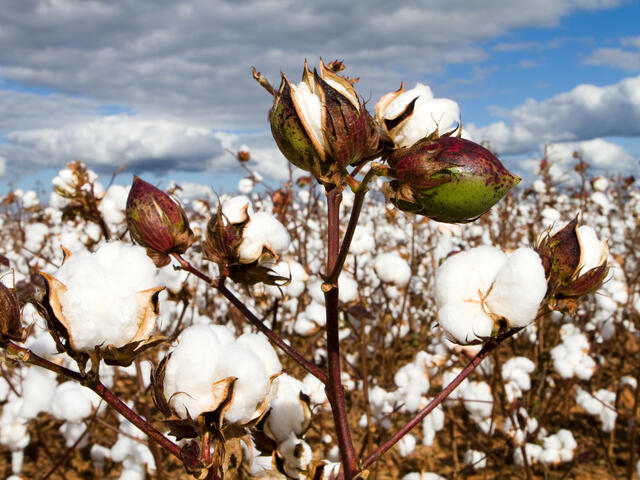As temperatures rise, the quest for comfort becomes paramount. Whether you’re lounging at home, working out, or enjoying outdoor activities, the right materials can significantly influence how cool you feel. This article delves into the science behind cooling materials, examining their properties, applications, and the latest innovations that promise to keep you comfortable in the heat.
Understanding Heat Transfer
Before we explore specific materials, it’s essential to understand how heat transfer works. Heat can be transferred through conduction, convection, and radiation. The materials we choose can either absorb heat, reflect it, or allow for airflow, which plays a crucial role in maintaining a comfortable temperature.
Key Properties of Cooling Materials
- Moisture-Wicking: Materials that draw moisture away from the skin help to evaporate sweat, which cools the body. Fabrics with high moisture-wicking capabilities are essential for activewear and bedding.
- Breathability: Breathable materials allow air to circulate, preventing heat buildup. This property is vital for clothing, especially in hot climates.
- Thermal Conductivity: Materials with high thermal conductivity can quickly transfer heat away from the body, providing a cooling effect.
- Reflectivity: Some materials can reflect sunlight and heat, reducing the amount of thermal energy absorbed.
Top Materials That Keep You Cool
- Cotton
Cotton is a natural fiber known for its breathability and moisture-wicking properties. It allows air to circulate and absorbs sweat, making it a popular choice for summer clothing. However, not all cotton is created equal; lightweight and loosely woven cotton fabrics are more effective in keeping you cool.
- Linen
Linen is another natural fiber that excels in hot weather. Its unique structure allows for excellent airflow, and it has a high moisture-wicking capacity. Linen garments tend to dry quickly, making them ideal for humid conditions. Additionally, linen’s natural texture provides a cooling sensation against the skin.
- Bamboo Fabric
Bamboo fabric has gained popularity due to its eco-friendliness and impressive cooling properties. It is highly breathable, moisture-wicking, and has natural antibacterial qualities. Bamboo fibers can regulate temperature, keeping you cool in summer and warm in winter, making it a versatile choice for bedding and clothing.
- Merino Wool
While wool is often associated with warmth, Merino wool is a game-changer. Its fine fibers allow for excellent breathability and moisture management. Merino wool can absorb a significant amount of moisture without feeling wet, making it suitable for both hot and cold conditions. This adaptability makes it a favorite among outdoor enthusiasts.
- Synthetic Fabrics
Advancements in textile technology have led to the development of synthetic materials designed specifically for cooling. Fabrics like Coolmax and Dri-FIT are engineered to wick moisture away from the skin and enhance airflow. These materials are commonly used in athletic wear, providing comfort during intense workouts.
- Phase Change Materials (PCMs)
Phase Change Materials are innovative substances that absorb, store, and release heat as they change states (from solid to liquid and vice versa). Incorporating PCMs into bedding and clothing can help regulate body temperature, providing a cooling effect when needed. This technology is increasingly being used in high-performance sports gear and sleep products.
Practical Applications
Clothing
When selecting clothing for hot weather, prioritize lightweight, breathable fabrics. Look for garments labeled as moisture-wicking or designed with ventilation features. Brands are increasingly offering collections that incorporate advanced cooling technologies, so keep an eye out for these innovations.
Bedding
For a comfortable night’s sleep, invest in bedding made from cooling materials. Look for sheets and pillowcases made from bamboo, linen, or specially designed synthetic fabrics. Additionally, consider mattresses that incorporate PCMs or breathable foam to enhance airflow.
Outdoor Gear
For outdoor activities, choose gear made from moisture-wicking and breathable materials. Lightweight, UV-protective fabrics can also shield you from the sun while keeping you cool. Many brands now offer hats, shirts, and pants designed specifically for hot weather.
Conclusion
Choosing the right materials can make a significant difference in your comfort level during hot weather. From natural fibers like cotton and linen to innovative synthetic fabrics and phase change materials, there are numerous options available to help you stay cool. By understanding the properties of these materials and their applications, you can make informed choices that enhance your comfort in every season. Embrace the science of cooling materials, and enjoy a more comfortable lifestyle, no matter how high the mercury rises.
